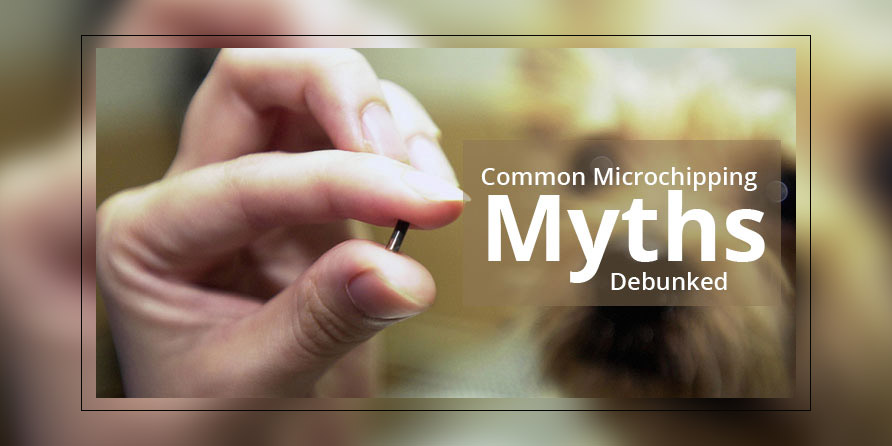Pet parents do a lot for their pet’s health and safety. Among a long list of important things to do for a pet, microchipping them is the most significant. The worst thing one can fathom is losing their pet, and this is the time when microchipping works wonders. The little grain-like chip can save your pet from havoc. Microchips are an inexpensive way to ensure that a pet returns home, if they’ve been found by someone else or taken to a shelter. While most pet parents are aware of how microchip helps to find their lost dogs, some are still surrounded by myths about microchipping that continue to lead.
Therefore, here we are going to debunk micro chipping myths by quality facts.
Myth 1: Microchipping pet isn’t a necessity
Fact: Irrespective of your dog being an indoor pet or an outdoor pet, there are still the chances of your pet escaping out the front door, escape during a natural disaster, slip their leash during a walk or escape if you met with a car accident. No matter if your pet is indoors all their life, they have to step out at some point in their life and microchipping your dog gives you peace of mind that even if your dog gets lost, there are higher chances of him to return home.
Myth 2: Getting a microchip is a painful process
Just because getting a microchip for your pet is performed by a vet doesn’t mean it is a surgical process. A microchip is smaller than a grain of rice, which is implanted between the shoulder blades through an injection. Though its pinch may annoy your pet a bit, but it gets over in seconds. The procedure is quick, simple, and painless.
Myth 3: Microchips are like GPS for dogs
Fact: Microchips are not the GPS tracking device. It doesn’t show where your pet currently is, the microchip provides pet’s identification number on the screen when their chip is scanned. All the information is stored in a secured database in the microchip. You will only be asked for your name, phone number, email, and address when registering your pet’s microchip.
Myth 4: Microchips cause cancer
The research conducted by the American Veterinary Medical Association (AVMA) concluded that there are less than 0.0001 percent of adverse reactions in pets are due to microchip. In a rare case, if a pet suffers from an infection, possible the maximum chances are due to the improper implantation technique or trauma to the area is also a potential risk. That’s the reason why microchips must be implanted by a vet.
Myth 5: Microchip can travel along my dog’s body in a way that no scanner can find it or it just stops working.
Microchips have a patented anti-migration feature that helps to ensure that the microchip stays in a place where it was implanted so that it can be easily scanned and located. Microchips don’t move as they are inert. Moreover, microchips that end up under the skin may be cracked or damaged or could stop working which can be monitored and replaced. But they are not prone to cause infection or anything as such.
Myth 6: My pet has a microchip, now no need for a collar.
Fact: Well, that’s not true. Suppose okay, just suppose, if your pet gets lost and an average person finds him and he doesn’t carry a microchip scanner. Obviously, here’s when a collar with an ID works. If your pet has a collar ID as well as microchip, then it will be the best thing ever, don’t you think?
Well, keeping apart the myths, every pet-parent must understand the significance of microchipping their pets so that in any worse case scenarios, they still have a chance of being returned to you.
For more interesting blogs on petcare, follow the given link- https://www.canadavetexpress.com/blog/







